Introduction
Cooking rice is a fundamental skill in many cuisines worldwide. While traditional methods often involve using a rice cooker or a pot with a steamer insert, sometimes, especially in small kitchens or while traveling, you might find yourself without these specialized tools. Fortunately, you can still prepare delicious, fluffy rice using a common kitchen item: a frying pan. In this guide, we’ll explore how to steam rice at home using a frying pan, covering everything from choosing the right rice to mastering the cooking process.
Understanding Rice Varieties
Before diving into the cooking process, it’s essential to understand the different types of rice and their unique characteristics. Rice can broadly be categorized into three main types: long-grain, medium-grain, and short-grain.

-
Long-grain Rice: This variety has grains that are longer than they are wide. It’s known for its fluffy texture and separation of grains after cooking, making it ideal for dishes like pilafs and fried rice. Examples include basmati and jasmine rice.
-
Medium-grain Rice: Medium-grain rice has grains that are shorter and wider than long-grain but still maintain some separation after cooking. It’s often used in dishes where a creamy consistency is desired, such as risotto and paella. Arborio rice is a well-known medium-grain variety.
-
Short-grain Rice: Short-grain rice has grains that are almost round and sticky when cooked. It’s perfect for sushi, mochi, and other Japanese and Korean dishes that require the rice to stick together. Common short-grain varieties include sushi rice and glutinous rice.
For steaming rice in a frying pan, any type of rice can be used, but the cooking time and water-to-rice ratio may vary slightly depending on the variety.
Preparing Your Equipment and Ingredients
To steam rice in a frying pan, you’ll need:
- A heavy-bottomed frying pan with a tight-fitting lid. A cast-iron or stainless steel pan works best as it retains heat well and distributes it evenly.
- A heatproof spatula or spoon for stirring.
- A colander or fine-mesh strainer for rinsing the rice.
- A measuring cup for accurate portioning.
- A kitchen towel or oven mitt for handling the hot pan.
- Rice (any variety of your choice).
- Water or broth (for flavor, you can use chicken, vegetable, or beef broth).
- Salt (optional, but recommended to enhance flavor).
Step-by-Step Guide to Steaming Rice in a Frying Pan
Step 1: Rinse the Rice
Begin by rinsing the rice under cold running water in a colander. This step removes excess starch, which can make the cooked rice gummy. Rinse until the water runs clear, then drain well.
Step 2: Measure the Rice and Water
Use a measuring cup to portion out the rice. For most types of rice, the general rule is to use a 1:2 ratio of rice to water or broth. This means for every 1 cup of rice, you’ll need 2 cups of liquid. Adjust the quantities based on how many servings you need.
Step 3: Heat the Pan
Place your heavy-bottomed frying pan on the stove over medium-high heat. Add a small amount of oil (optional, but it can prevent sticking) and let it heat up for a minute or two.
Step 4: Toast the Rice (Optional)
To add a nutty flavor to your rice, you can toast it lightly before adding the water. Spread the rinsed and drained rice evenly in the hot pan and cook, stirring frequently, until the grains become translucent and start to emit a toasty aroma (about 2-3 minutes). Be careful not to burn the rice.
Step 5: Add the Liquid
Once the rice is toasted (if you choose to toast it), pour in the measured water or broth. If you’re adding salt, do so now. Stir the mixture once to combine, then bring it to a boil.
Step 6: Simmer and Steam
As soon as the liquid starts boiling, reduce the heat to the lowest setting possible while still maintaining a gentle simmer. Cover the pan with a tight-fitting lid and let the rice cook undisturbed. The steam trapped inside the pan will cook the rice evenly.
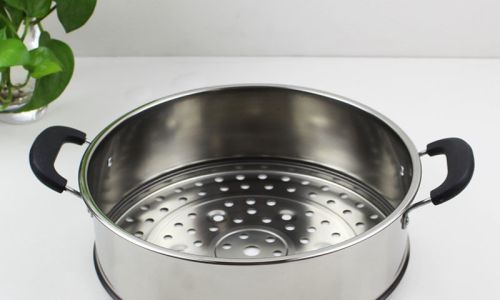
Step 7: Check for Doneness
After about 15-20 minutes (cooking time may vary depending on the rice variety and the amount), check the rice for doneness. Carefully lift the lid a small crack to peek inside. The rice should be tender and have absorbed most of the liquid. If there’s still liquid remaining and the rice looks too wet, replace the lid and let it cook for a few more minutes.
Step 8: Fluff and Serve
Once the rice is cooked, remove the pan from heat and let it sit, covered, for an additional 5-10 minutes. This resting period allows the grains to finish absorbing any remaining moisture and to fluff up. After resting, use a fork or spatula to gently fluff the rice, separating the grains.
Troubleshooting Common Issues
-
Sticky Rice: If your rice turns out sticky, it might be because too much liquid was used or the rice wasn’t rinsed properly. Adjust the water-to-rice ratio and ensure thorough rinsing next time.
-
Burnt Rice: This can happen if the heat is too high or if the rice is stirred too frequently after adding the liquid. Use low heat and avoid stirring once the liquid is boiling.
-
Undercooked Rice: If the rice is still crunchy after the recommended cooking time, it likely needs more liquid. Add a bit more water (a tablespoon or two), re-cover, and cook for another 5 minutes.
Adding Flavor and Variety
While plain steamed rice is delicious on its own, you can elevate it by adding various ingredients and flavors:
-
Infused Water: Replace plain water with infused water by adding herbs like thyme, bay leaves, or garlic cloves to the cooking liquid.
-
Aromatics: Sautée chopped onions, garlic, and ginger in the pan before adding the rice and liquid.
-
Spices and Herbs: Incorporate spices like turmeric, cumin, or cilantro into the cooking process or as a garnish.
-
Vegetables and Proteins: For a one-pan meal, add diced vegetables and proteins like chicken, shrimp, or tofu directly to the rice as it cooks.
Storage and Reheating
Leftover steamed rice can be stored in an airtight container in the refrigerator for up to 3 days. To reheat, you can use the microwave, stirring occasionally to prevent drying out, or steam it in a steamer basket over simmering water until heated through.
Conclusion
Steaming rice in a frying pan might seem unconventional, but with the right techniques, it’s a simple and effective way to enjoy a perfect bowl of rice anytime, anywhere. By understanding your rice variety, preparing your ingredients and equipment properly, and following the step-by-step cooking process, you can achieve fluffy, tender rice that’s as good as any cooked in a rice cooker or traditional steamer. Experiment with different flavors and ingredients to make your steamed rice a delicious and versatile addition to any meal. Happy cooking!
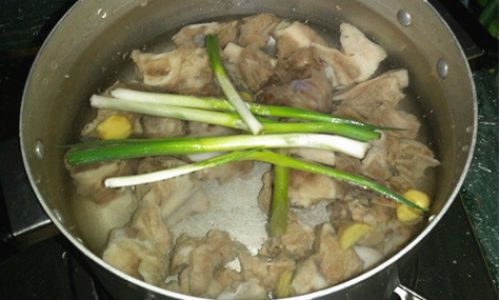

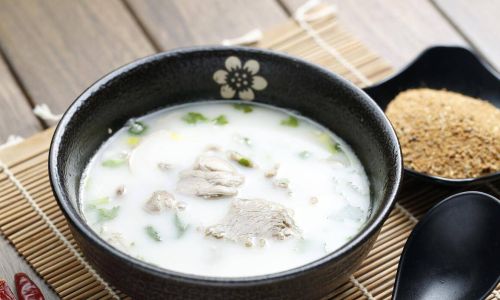
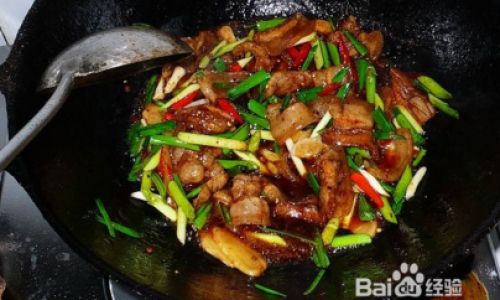
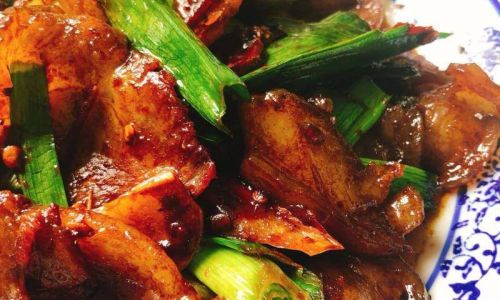

0 comments